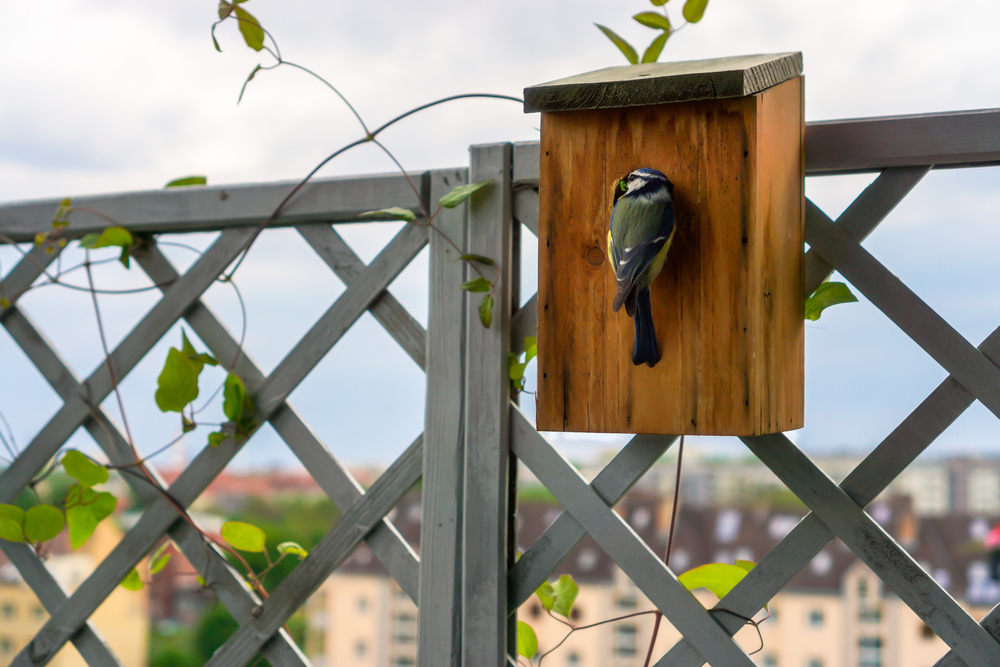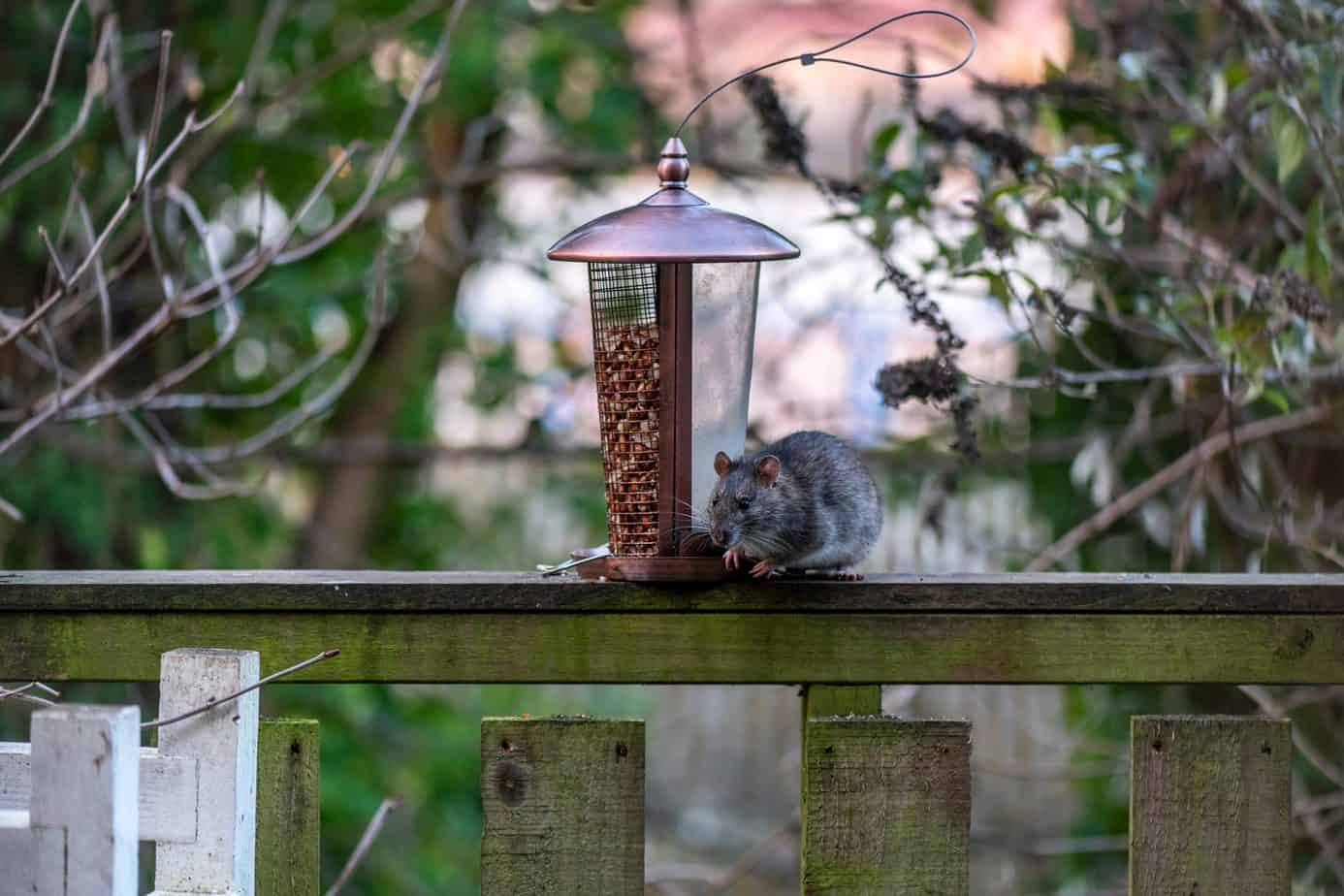Unless you’re keeping them as pets, no one likes having a rat problem. They’re smelly and dirty and can cause a range of illnesses if you come into contact with their droppings.
But, how to keep rats away? Luckily, centuries of rat problems mean there are plenty of solutions. Here are some of the most effective solutions (and preventative measures) for keeping rats away from your balcony.
Why are Rats Bad for Your Balcony?
Rats can carry numerous diseases, including something called Leptospirosis. What’s more, rats constantly pee, meaning if you have a rat problem on your balcony, the chances are high that you’ve touched something they’ve toileted on.
They can also cause destruction to pretty much everything in their way. There are few materials that rats can’t chew through and you probably don’t want to pay for the damage they cause.
Finally, rats on your balcony can lead to rats in your home. All it takes is one bold rat to make the jump and suddenly they’re indoors. While this is never something you want, it’s an even bigger problem if you have pets or kids.
So, if you have an infestation, you’re probably wondering how to keep rats away.
How to Keep Rats Away
Most of the methods below are preventative because it’s easier to keep rats away than it is to get rid of them.
1. Remove any Potential Food

Rats will usually come looking for food. So, make sure there isn’t any left around.
If you have a balcony BBQ, ensure you clean up properly every time you use it. The same is true if you eat out on your balcony.
When you do drop food, just make sure you pick it up.
Also, consider taking care if you use your balcony as a place to feed pets. While you can continue doing this, make sure to not leave any food once they’re done eating.
2. Consider Removing Bird Feeders

Bird feeders are a prime source of food for rats. Removing any bird feeders from your balcony is the easiest way to stop rats from trying to get a free meal.
Of course, if you still want to feed and watch birds, buy a suitable balcony bird feeder. Any option that’s squirrel proof should do the job.
3. Don’t Leave any Water Sources

While rats can get water just about anywhere, leaving a pet’s water bowl out is just another temptation.
If possible, remove any water bowls from your balcony entirely. But, if it’s your pet’s feeding area, be sure to bring the water bowl in at night.
The same is true for water bowls for birds. It’s nice to provide water for birds, but you should do away with it entirely if rats are a problem. Birds shouldn’t struggle to find water elsewhere.
4. Use Bleach

Does bleach keep rats away? Yes, actually, it does.
If you already have a rat problem, make sure you clean your balcony floor and railings thoroughly with bleach or another disinfectant.
You can use cotton balls soaked in diluted bleach to prevent rats from coming onto your balcony. Look for the most likely entry points, such as between railings or rain gutters.
Dilute the bleach as you would for any other cleaning job (usually 4:1 water to bleach) and spread the cotton balls around your balcony.
Don’t do this if you have pets or kids though for obvious reasons.
5. Keep Your Balcony Tidy

Any covered area has the potential to become a rat hiding place. So, keep your balcony as tidy as possible. Ideally, bring in furniture and blankets when not in use.
Consider moving plant pots frequently to check nothing is living behind them.
Also, avoid keeping garbage on your balcony. It’s a rat’s dream. If this isn’t possible, keep it in a metal bin with a heavy lid.
6. Use Strong Smells
As you might have gathered with the bleach suggestion, there are some smells that keep rats away. It’s somewhat ironic considering they often live in sewers, but the most effective include:
- Garlic
- Peppermint oil
- Mothballs
Mothballs help to keep rats away because they include something called naphthalene, a smelly chemical.
Realistically, there are many smells that keep rats away. But, opt for something natural and non-toxic, as it’ll smell better and stop you from poisoning your pets.
7. Use Plants

Like smells, there are some plants that keep rats away. They’re mostly things with a strong aroma that overpower a rat’s sense of smell.
Plants that keep rats away include:
- Rosemary
- Peppermint
- Lavender
- Oregano
- Marigold
Also, keep bushy and dead plants to a minimum. This shouldn’t be a massive problem on a balcony, but these provide hiding places for rats, which we obviously don’t want.
8. Install a Pest Barrier
Pest barriers come in various forms, but one of the most effective for how to keep rats away is pest fabric. In short, it’s metal mesh that rats don’t like to gnaw through.
Simply stuff it into any tiny gaps around your balcony and it should prevent rats from entering.
9. Lay Rat Traps
The classic option for how to keep rats away is with rat traps. They do what you need them to, don’t cost much, and can be reused.
Modern rat traps are far away from the type you’d see in old TV shows. They’re very powerful and will make short work of even big rodents.
While you can get humane traps, these are pointless because you’ll then have a live rat on your hands.
Use traditional traps baited with chocolate, as rats love it. Place them at entry points or near bins at night, and you should catch some rats in no time.
Conclusion
Hopefully, some of these options for how to keep rats away will work for you. Again, prevention is the best option, but don’t be afraid to lay a trap or two.
If the problem is really bad, though, be sure to call pest control.
